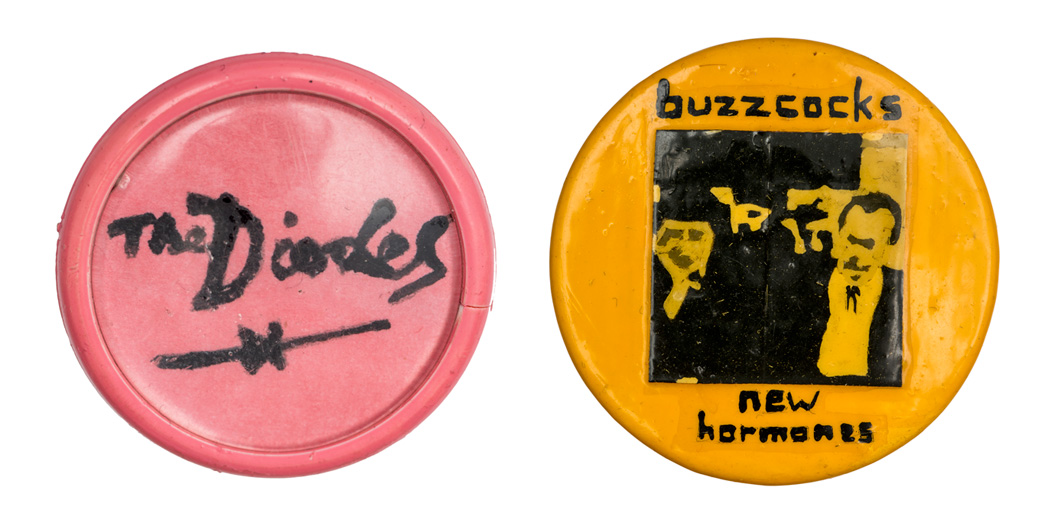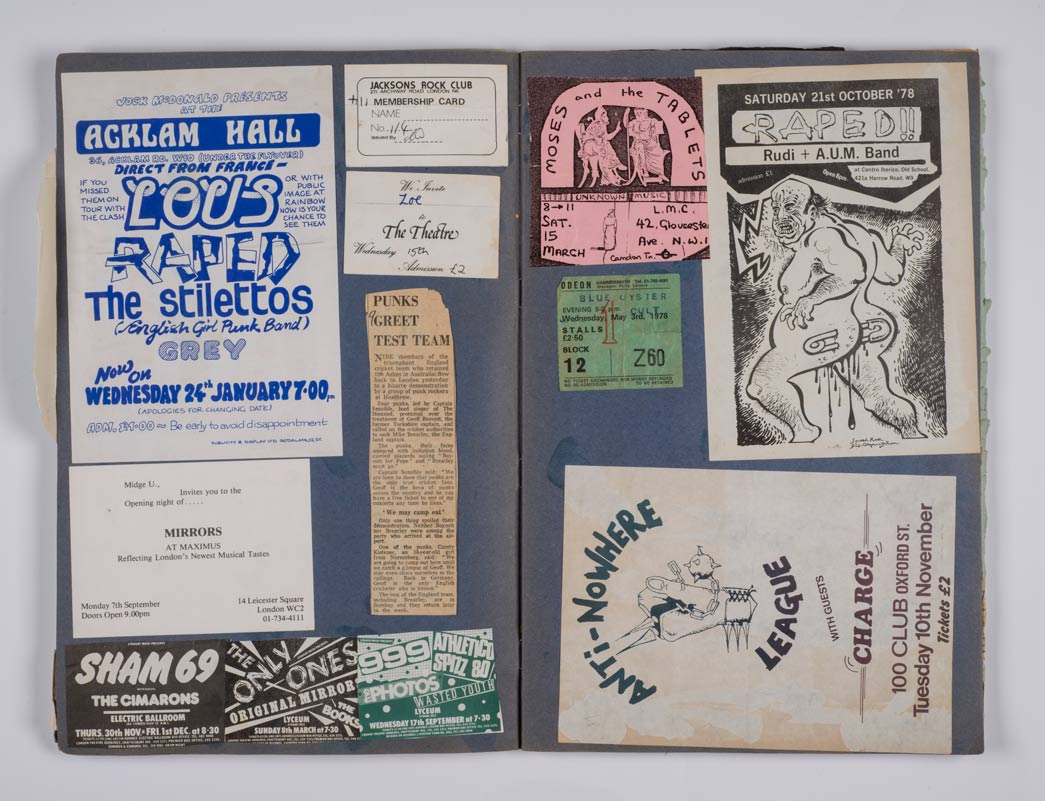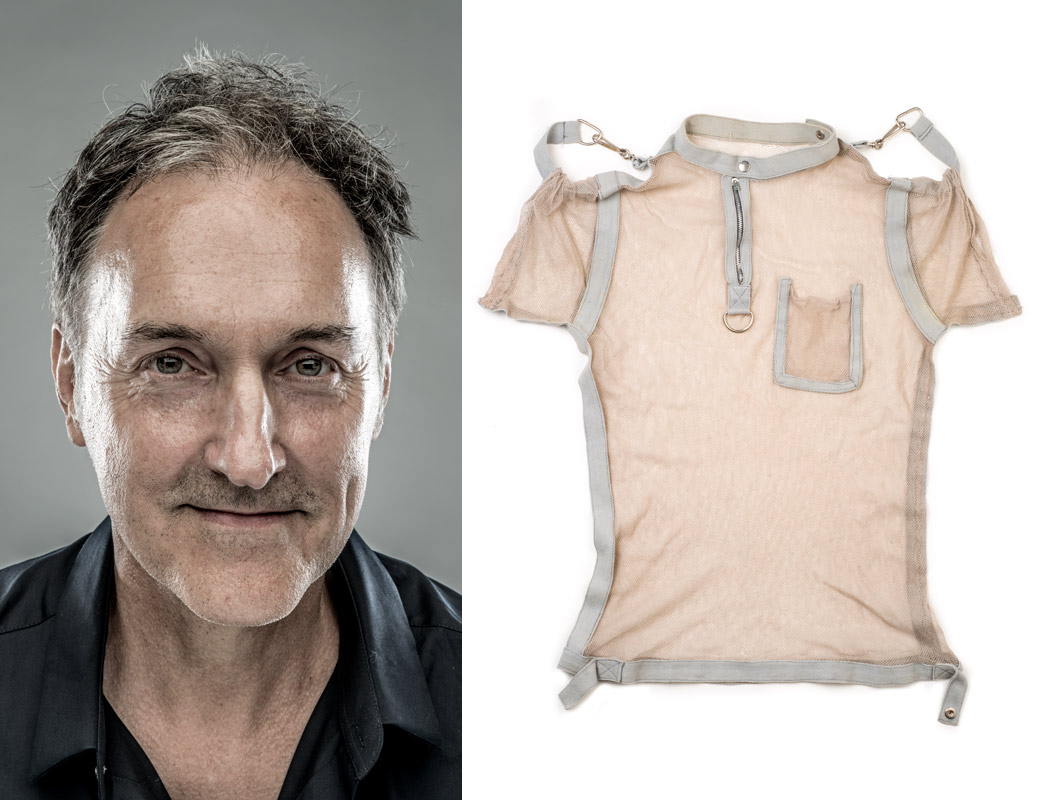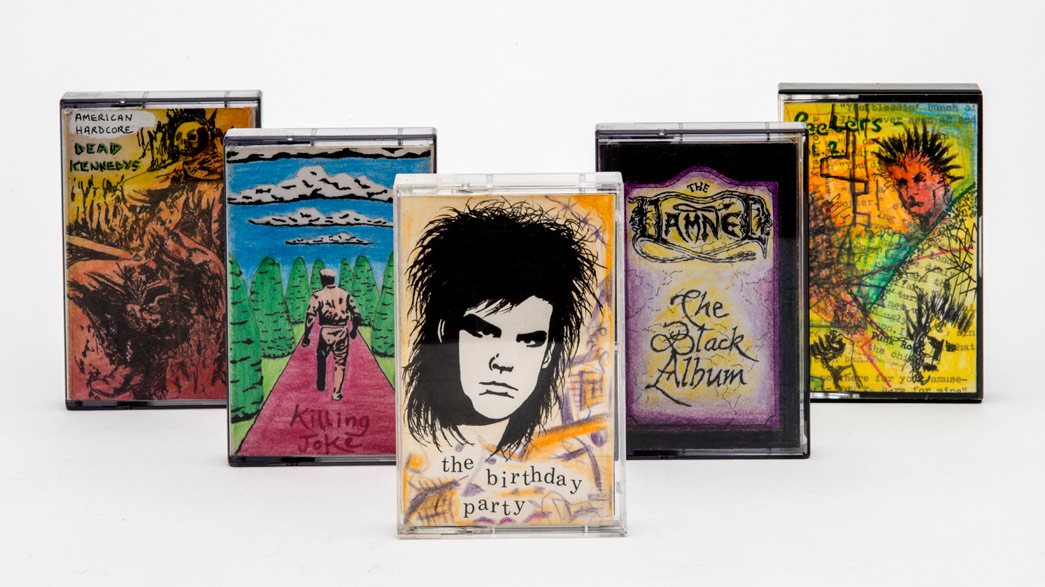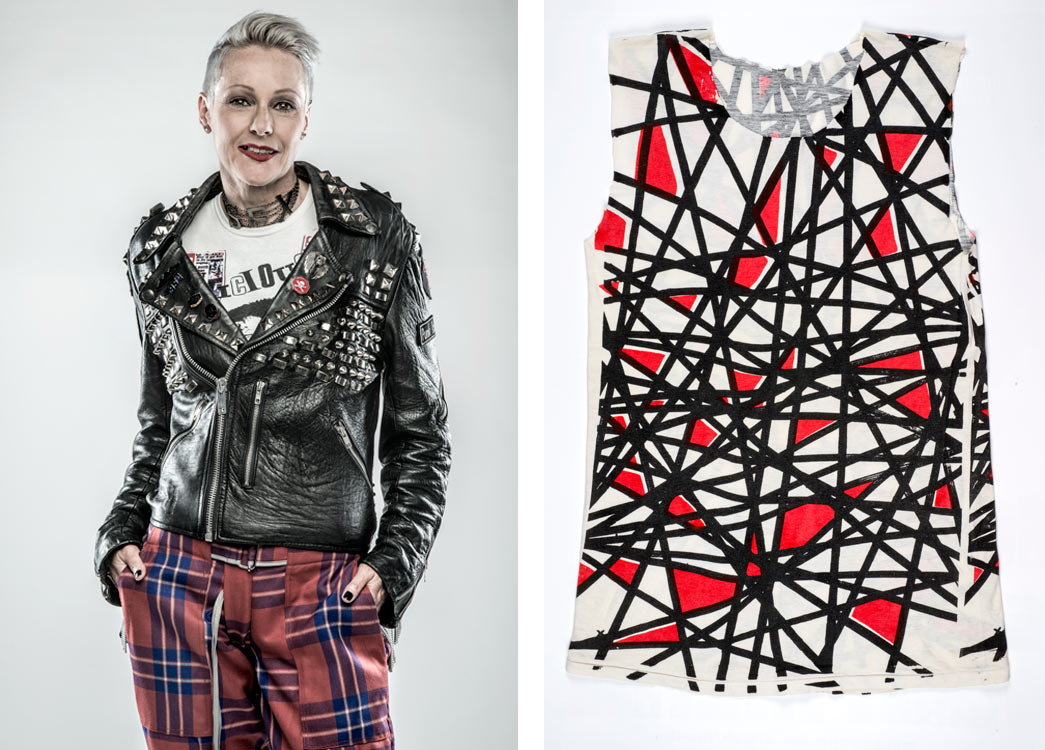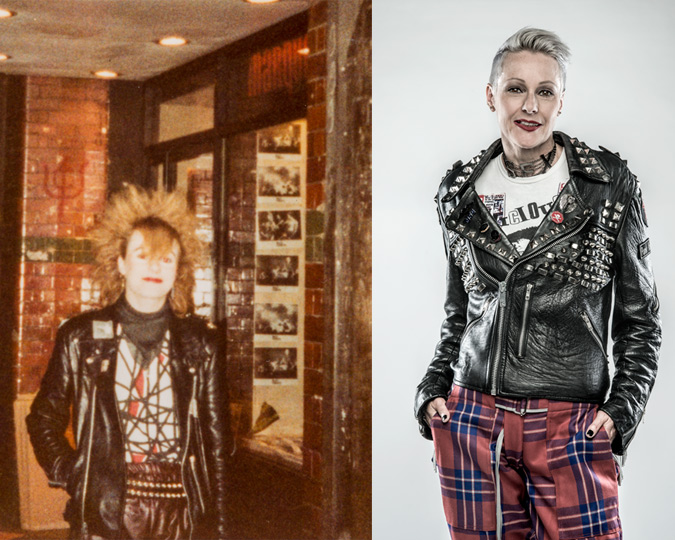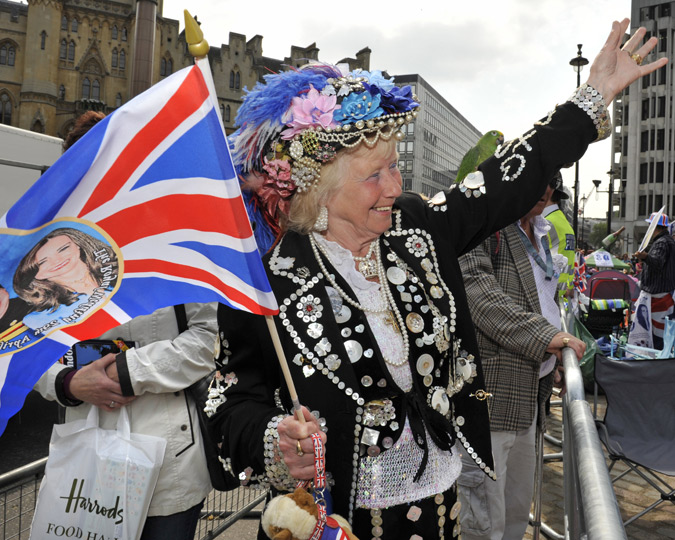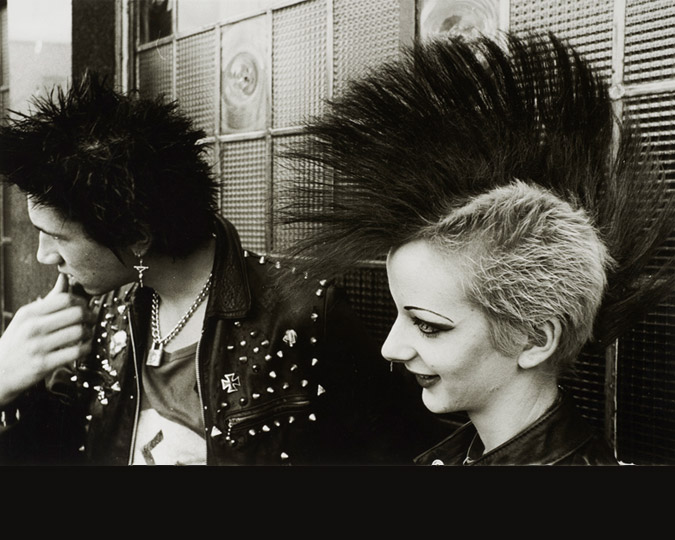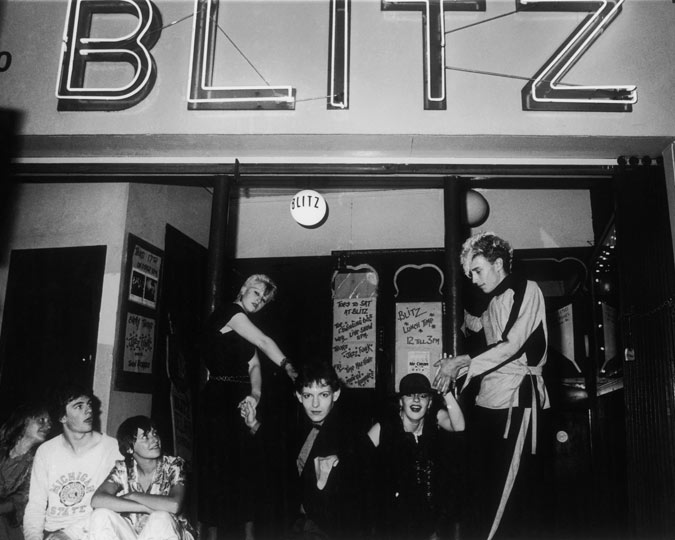Forty years ago, punk exploded in London, changing the city's music, fashion and culture. Our 2016 exhibition Punks looked at the spirit of 1976 and its influence today. But how do you represent something as multifaceted, vibrant and anarchic as the punk scene in a museum? Exhibition curator Jen Kavanagh talks about how she captured the lives of London punks.
Explore a London punk rock masterpiece at The Clash: London Calling, a free display at the Museum of London from 15 November 2019.
Back in March of 2016, we invited punks, both current and former, to a 'Show and Tell' event at the Museum of London. They brought along objects, photographs and stories from their punk days. We wanted to hear first-hand what London was like when punk exploded in 1976, from those who were there to witness it. The response was amazing, with over 100 people coming along to the museum with incredible tales from that wild time. Punk wasn’t just about the music – it was an attitude and a lifestyle, so it was important to us that we captured the passion and enthusiasm alongside the physical objects.
From the wonderful objects which were brought along that day, we selected some of the homemade and unique items which sum up punk in London. From customised t-shirts and handmade badges, to fanzines and scrapbooks, we added over 20 new objects to the museum's permanent collection. In addition, the 18 people we collaborated with on the project were all interviewed about their punk days, and these oral histories form a lasting, first-hand record of an extraordinary chapter in London's history. Let's meet some of our punks, and the objects they contributed to the exhibition.
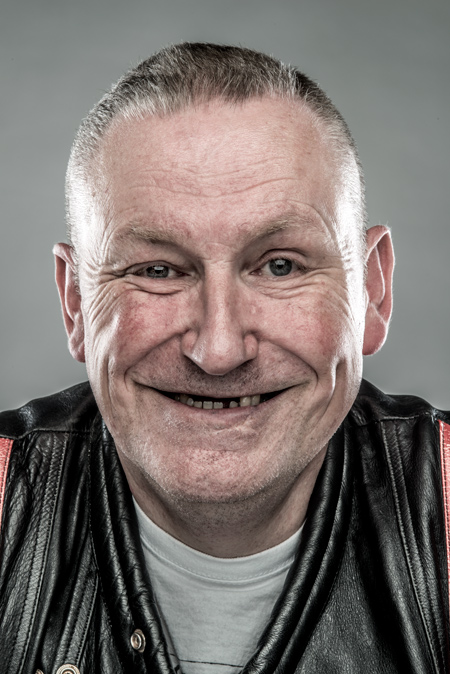
Dave Smith's DIY badges
Dave Smith was 16 when he first heard punk on the radio, and he was immediately hooked. By 1977, when he couldn’t find badges for the bands he loved, Dave started making his own. He cut pictures from magazines and drew his own designs. Over time, the badges became part of his punk uniform. Often confiscated by teachers during his school days, they still take pride of place on his leather jacket today.
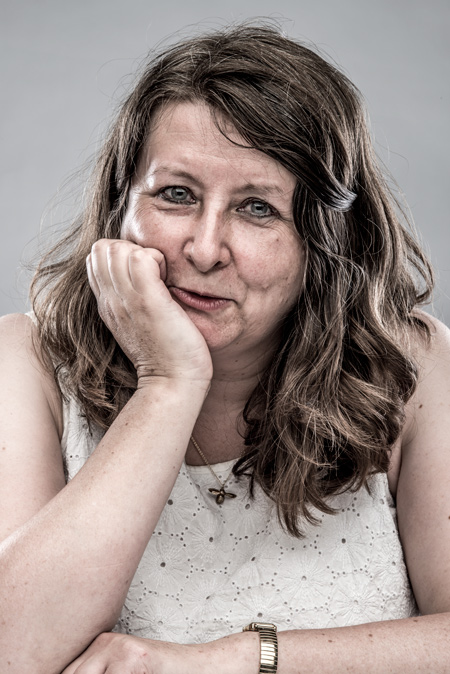
Zoe Neale's punk scrapbooks
Zoe Neale was introduced to punk by her friend Jane. Bored of the prog rock that dominated the early 1970s, Zoe loved the energy and pace of punk. As she lived in the suburbs, she had to travel into London to attend gigs, and was a regular at the Marquee. Zoe picked up flyers at gigs, and kept hold of tickets for punk shows she attended. She also cut stories about punk from newspapers. All of these ended up in scrapbooks, which she made from the late 1970s into the 1980s.
David Black's bondage shirt
David Black was attending college in Norwich when he first encountered punk. He’d make trips into London to buy clothes, treating himself to a Destroyed T-shirt from Seditionaries and a bondage shirt and mesh tie from Boy. Dave treasured his punk gear but would be careful not to show it off too much. He'd combine the expensive items with DIY clothing. David has donated the bondage T-shirt and tie from Boy to the museum.

Luke Blair's pirate cassette covers
Luke Blair lived in suburban Sussex, attending a local public school, when he first encountered punk. He was gripped immediately. The voice of the Sex Pistols’ Johnny Rotten struck a chord with the personal anger and passion Luke was experiencing growing up. When making copies of records on tape, he wanted the cassette covers to do justice to the music. He meticulously drew artwork relevant to the bands he loved. Five of these tapes are on display in our Punks exhibition, and have been digitised by the museum to ensure the content isn’t lost.
Lesley Edgar's custom cut-up clothes
Lesley Edgar had always been interested in fashion, so when punk arrived she embraced the opportunity to push the boundaries with what she wore. Shopping in jumble sales and markets, clothes would be customised with chains and safety pins. Tartan kilts and men’s string vests formed her look. Lesley cut the sleeves off T-shirts to turn them into mini dresses, which she wore with fishnet tights or homemade plastic trousers. She has a photograph of herself in this patterned cutomised dress, standing outside the iconic Marquee club in 1979, both of which are on display in our Punks exhibition.
Watch our Punks film and see the surprising fates of London's iconic punk venues.








